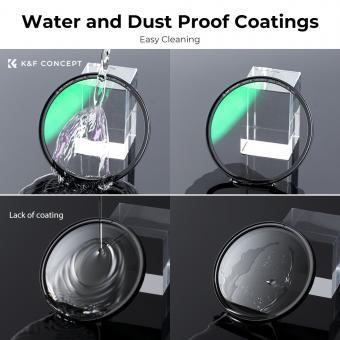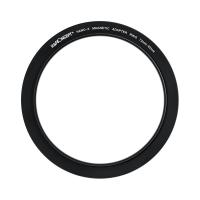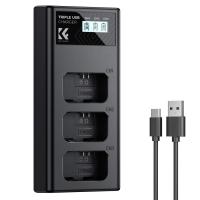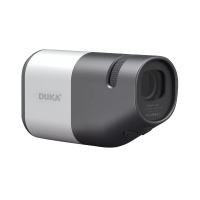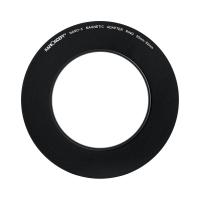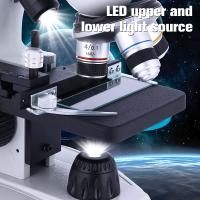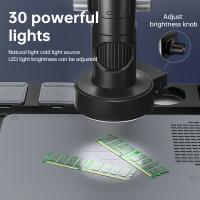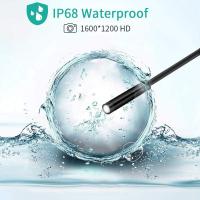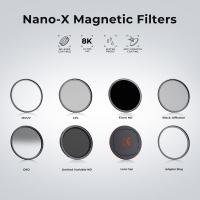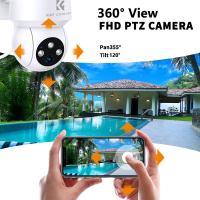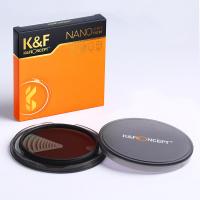What Are Uv Lamps In Aquarium Filters?
UV lamps in aquarium filters are a type of ultraviolet light that is used to kill or deactivate harmful microorganisms suchjson as bacteria, viruses, and algae in the water. These lamps emit UV-C light, which disrupts the DNA of these organisms, preventing them from reproducing and causing harm to the aquatic environment. UV lamps are often used as a part of the filtration system in aquariums to help maintain water clarity and quality, and to reduce the risk of disease among aquatic organisms.
1、 Function and Purpose
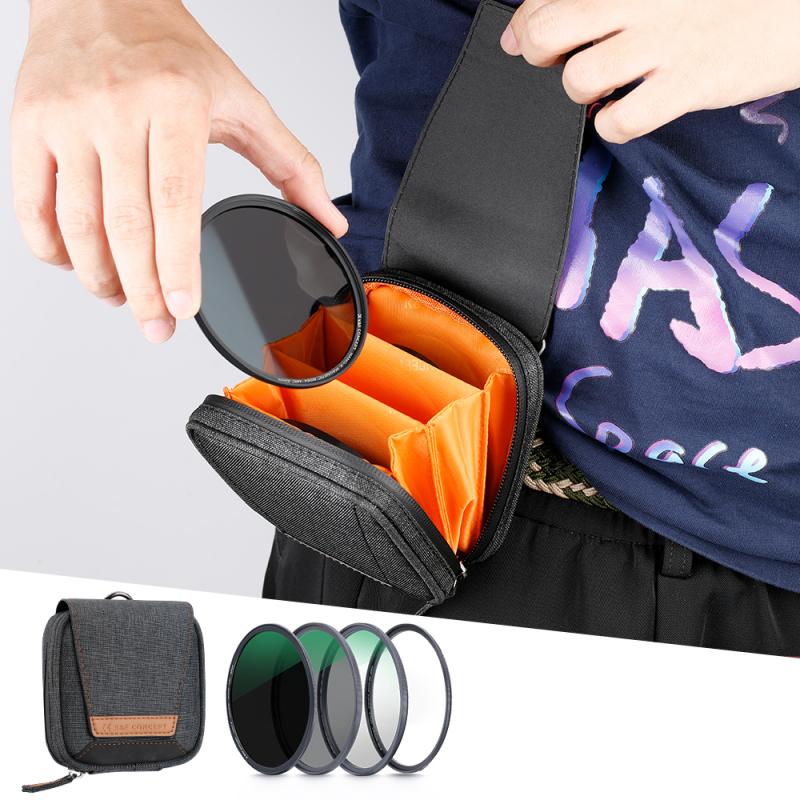
UV lamps in aquarium filters are used to provide ultraviolet (UV) light to the water passing through the filter. The main function and purpose of UV lamps in aquarium filters are to eliminate harmful microorganisms such as bacteria, viruses, and algae that may be present in the water. The UV light emitted by the lamp disrupts the DNA of these microorganisms, preventing them from reproducing and ultimately leading to their elimination.
In addition to controlling the population of harmful microorganisms, UV lamps can also help in maintaining water clarity by reducing the presence of algae and other organic particles. This can result in a clearer and healthier aquatic environment for the fish and other inhabitants of the aquarium.
From the latest point of view, UV lamps in aquarium filters are also being recognized for their role in preventing the spread of diseases among aquatic organisms. By reducing the presence of pathogens in the water, UV lamps can contribute to the overall health and well-being of the aquarium inhabitants.
Overall, the function and purpose of UV lamps in aquarium filters are to improve water quality, reduce the risk of disease, and create a more hospitable environment for aquatic life. As our understanding of aquatic ecosystems continues to evolve, the importance of UV lamps in maintaining a healthy aquarium environment is becoming increasingly recognized.
2、 Types of UV Lamps
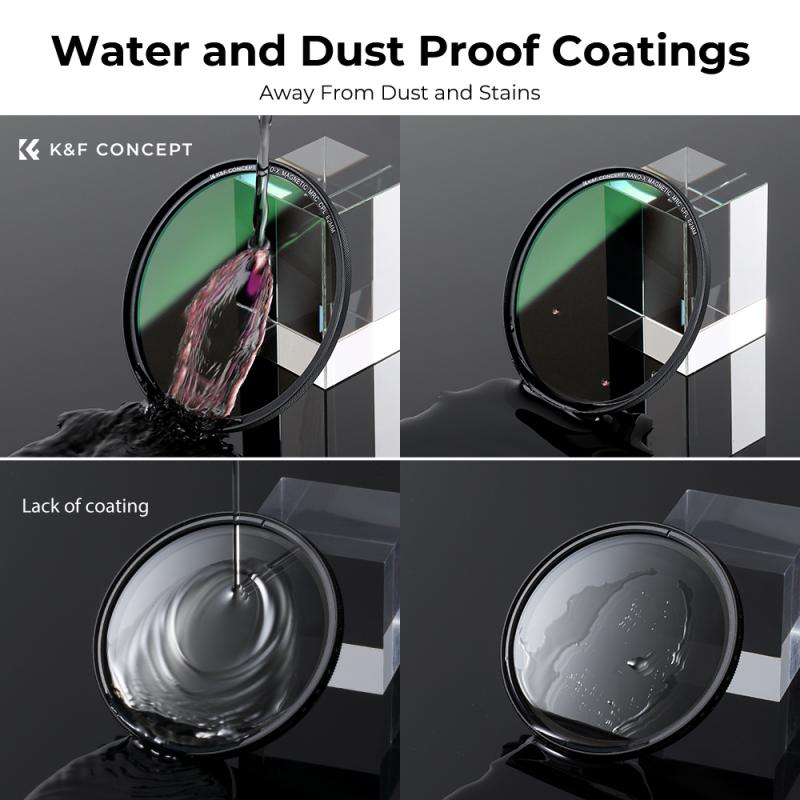
UV lamps in aquarium filters are a type of ultraviolet light source that is used to sterilize and clarify the water in the aquarium. These lamps emit a specific wavelength of UV light, typically around 254 nanometers, which is effective at killing bacteria, viruses, and other microorganisms present in the water. This helps to maintain a clean and healthy environment for the aquatic life in the aquarium.
There are several types of UV lamps that are commonly used in aquarium filters, including low-pressure mercury vapor lamps, medium-pressure mercury vapor lamps, and UV-C LEDs. Each type of lamp has its own advantages and disadvantages, and the choice of lamp will depend on the specific requirements of the aquarium and the preferences of the aquarist.
Low-pressure mercury vapor lamps are the most commonly used type of UV lamp in aquarium filters. They are relatively inexpensive and provide a consistent output of UV light. Medium-pressure mercury vapor lamps are more powerful and can be effective at treating larger volumes of water, but they are also more expensive and require more maintenance.
UV-C LEDs are a newer technology that is becoming increasingly popular in aquarium filters. They are more energy-efficient and have a longer lifespan compared to traditional UV lamps. Additionally, UV-C LEDs can be more compact and easier to install in aquarium filter systems.
In recent years, there has been a growing interest in the use of UV-C LEDs in aquarium filters due to their energy efficiency and long-term cost-effectiveness. Additionally, advancements in LED technology have led to the development of UV-C LEDs with higher output and improved performance, making them a viable alternative to traditional UV lamps in aquarium filtration systems.
3、 Installation and Maintenance
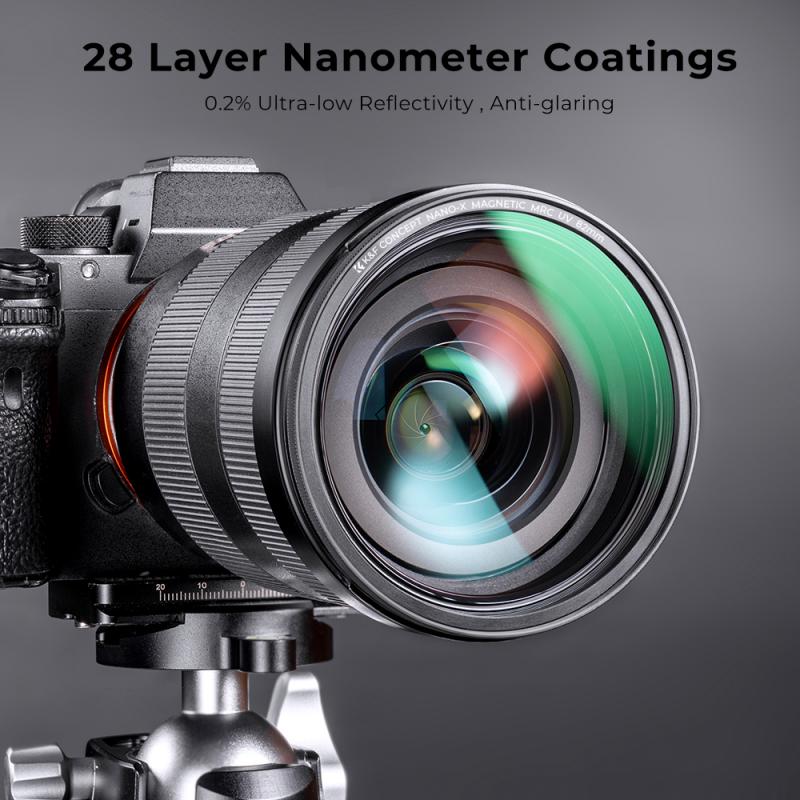
UV lamps in aquarium filters are a type of ultraviolet light that is used to kill or deactivate harmful microorganisms such as bacteria, viruses, and algae in the water. These lamps emit a specific wavelength of UV light that disrupts the DNA of these organisms, preventing them from reproducing and causing harm to the aquatic environment.
In terms of installation and maintenance, UV lamps are typically integrated into the filtration system of the aquarium. They are usually placed in a chamber through which the water passes, ensuring that it is exposed to the UV light before returning to the tank. Installation involves securely mounting the lamp and connecting it to the power source, while maintenance includes regular cleaning and replacement of the UV lamp to ensure its effectiveness.
From a latest point of view, UV lamps in aquarium filters continue to be an important tool for maintaining water quality and preventing the spread of diseases in aquatic environments. They are particularly useful in controlling algae blooms and preventing the proliferation of harmful pathogens. However, it is important to note that UV lamps should be used in conjunction with other filtration methods and regular water testing to ensure a balanced and healthy aquatic ecosystem.
In conclusion, UV lamps in aquarium filters play a crucial role in maintaining the health and clarity of the water in aquariums. Proper installation and maintenance of these lamps are essential for their optimal performance, and they should be considered as part of a comprehensive approach to aquarium filtration and water quality management.
4、 Effectiveness in Water Treatment
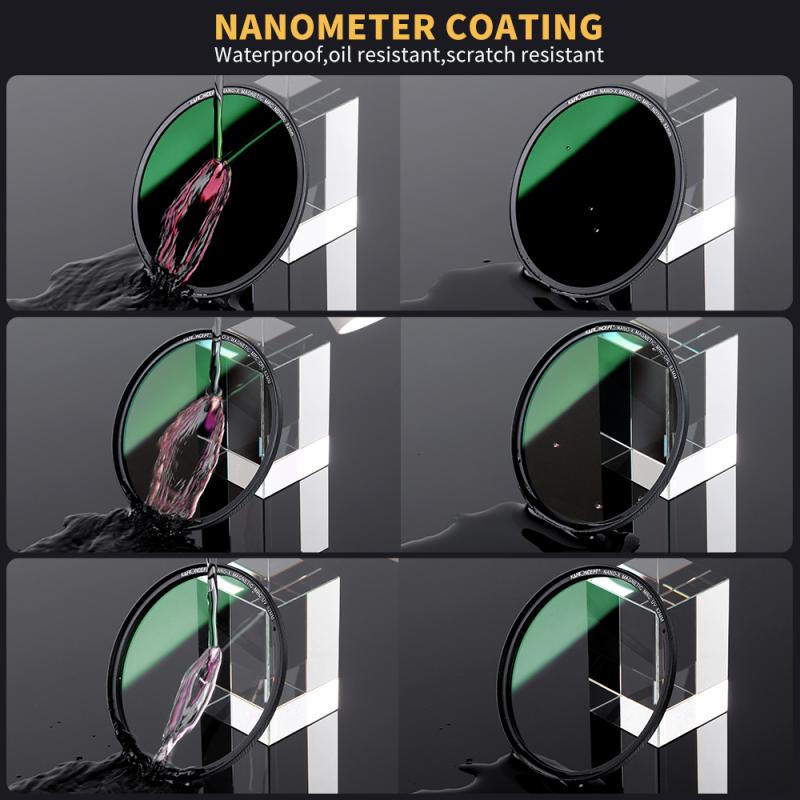
UV lamps in aquarium filters are a type of ultraviolet light that is used to kill or deactivate harmful microorganisms such as bacteria, viruses, and algae in the water. These lamps emit a specific wavelength of UV light that disrupts the DNA of these organisms, preventing them from reproducing and causing harm to the aquatic environment.
The effectiveness of UV lamps in water treatment has been well-documented, as they provide a chemical-free method of controlling pathogens and algae in aquariums. When integrated into the filtration system, UV lamps can help maintain water clarity and reduce the risk of disease outbreaks among aquatic organisms. This makes them a valuable tool for maintaining a healthy and balanced aquarium ecosystem.
From the latest point of view, UV lamps are considered to be highly effective in water treatment when used in conjunction with other filtration methods. They are particularly useful in controlling free-floating algae and pathogens that may not be effectively removed by mechanical or biological filtration alone. Additionally, UV treatment does not alter the water chemistry or leave behind any harmful residues, making it a safe and environmentally friendly option for aquarium maintenance.
In summary, UV lamps in aquarium filters are an effective means of water treatment, providing a non-chemical method of controlling harmful microorganisms and algae. When properly integrated into the filtration system, UV lamps can contribute to the overall health and clarity of the aquarium water, promoting a thriving aquatic environment.







